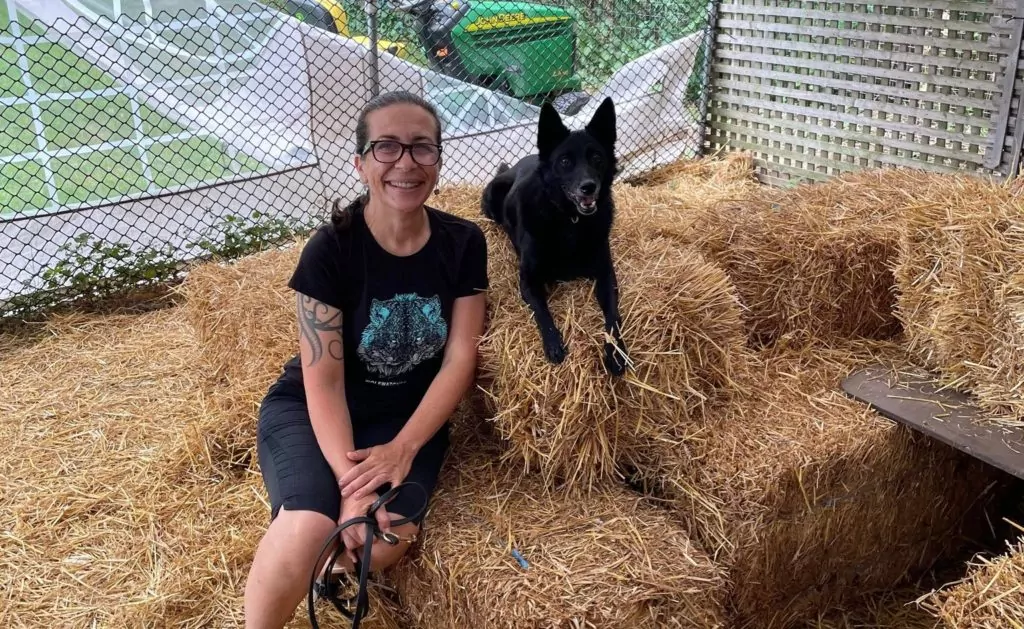
If you are new to rescuing and aren’t sure about where to start, fostering is an excellent way of gaining experience. With fostering, you make a temporary as opposed to lifetime commitment, while being supported logistically, materially, and financially by the rescue organization. People foster all kinds of animals in a variety of circumstances. The commitment may be brief, or lengthier, if the dog requires help with behavioral issues to become adoptable or if we are dealing with palliative or hospice fosters who will be living out their days in foster care.
Shelter and rescue organizations rely heavily on foster families. Rescues could not do what they do without a network of foster homes. For some dogs, a stint in foster care can be a valuable transition from a life spent on the street or in a shelter, allowing them to acclimatize to a more domestic life before being adopted. The quality of care for dogs in foster will vary from one rescue to the next.
Once you start fostering, you’ll soon hear about “failed fosters”, a term often used when people end up keeping the dog they fostered. This is good news, of course, because the foster dog has landed a forever home. In the world of rescue, with so many homeless still, adoptions are always cause for celebration.
Yet, there is another, more insidious, kind of “failed fostering” that is widespread but seldom discussed. I’m referring to the practice of fully integrating the foster into our home, leading the poor dog to believe it’s here to stay, when that isn’t the case. This is what happens when we immediately introduce the dog to everyone in the household and allow it access to everything in the house—no crating, no separate scheduling, or anything of the sort. I ask you, what’s the dog to think? When we treat the foster as a de facto member of the family, we have a foster dog who thinks it’s staying. When we foster successfully, however, the dog knows it’s moving on.
People who foster effectively feel good about their contribution and of course, they should be deeply appreciated for it. I fostered for a few years; it is deeply rewarding but also hard work. It’s not at all easy to let dogs go, but it’s our job to see to it that they find it easy to do so. Each time we foster, we need to ask ourselves whether we’ve helped the dog adjust to its new life or served it another round of heartbreak. To think the dogs will be just fine in their new home, regardless of what’s happened while in foster, underestimates dogs’ capacity for attachment, especially when we’ve given them that very permission.
To foster dogs like a boss, you need to have your foster crated for a good amount of time and exercised and stimulated on its own. The foster dog is primarily separated from the rest of the family, with only a few strategic meetings to teach it about interacting with stable people and dogs. The foster is exposed to the world in short and successful snapshots of experiences. This helps decompress and de-stress the dog, which will allow you, as the foster parent, to better understand the dog’s personality and tendencies and therefore, help the rescue organization make a more informed adoption choice for that dog.
Without breaking its heart with false promises, we can show the dog that it is safe to have relationships, that people can be trusted, and that the world is an okay place. All of this steadies the dog, making it ready to bond with its real family.